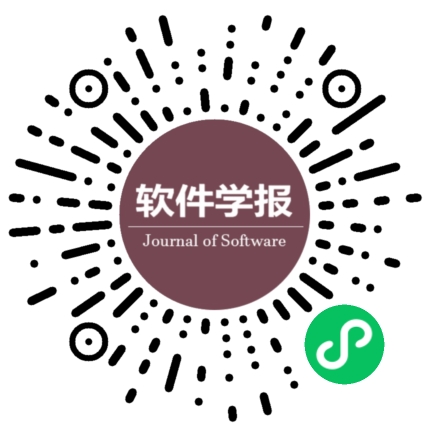李旭嵘(1992-),男,博士,主要研究领域为人工智能安全,对抗学习.
纪守领(1986-),男,博士,研究员,博士生导师,CCF专业会员,主要研究领域为人工智能与安全,数据驱动安全,IoT安全,软件与系统安全,大数据分析.
吴春明(1967-),男,博士,教授,博士生导师,CCF专业会员,主要研究领域为网络体系结构,可重构网络与虚拟化,软件定义网络,网络空间内生安全.
刘振广(1988-),男,博士,研究员,CCF专业会员,主要研究领域为视频图像处理,多媒体,区块链.
邓水光(1979-),男,博士,教授,博士生导师,CCF高级会员,主要研究领域为服务计算,边缘计算.
程鹏(1982-),男,博士,教授,博士生导师,CCF专业会员,主要研究领域为控制系统安全,物联网,数据安全.
杨珉(1979-),男,博士,教授,博士生导师,CCF高级会员,主要研究领域为智能系统安全.
孔祥维(1963-),女,博士,教授,博士生导师,CCF高级会员,主要研究领域为人工智能安全和可解释,非结构数据分析,跨媒体检索和哈希,数据驱动的决策.
纪守领,Email:sji@zju.edu.cn
国家重点研发计划(2018YFB0804102,2020YFB1804705);浙江省自然科学基金(LR19F020003);浙江省重点研发计划(2019C01055,2020C01021);国家自然科学基金(61772466,U1936215,U1836202);前沿科技创新专项(2019QY(Y)0205)
National Key Research and Development Program of China (2018YFB0804102, 2020YFB1804705); Zhejiang Provincial Natural Science Foundation (LR19F020003); Zhejiang Provincial Key Research and Development Program (2019C01055, 2020C01021); National Natural Science Foundation of China (61772466, U1936215, U1836202); Frontier Science and Technology Innovation Project (2019QY(Y)0205)
引用本文
李旭嵘,纪守领,吴春明,刘振广,邓水光,程鹏,杨珉,孔祥维.深度伪造与检测技术综述.软件学报,2021,32(2):496-518
复制相关视频

分享
文章指标
- 点击次数:
- 下载次数:
- HTML阅读次数:
历史
- 收稿日期:2020-05-07
- 最后修改日期:2020-06-22
- 录用日期:
- 在线发布日期: 2020-09-10
- 出版日期: 2021-02-06
文章二维码

版权所有:中国科学院软件研究所 京ICP备05046678号-3
地址:北京市海淀区中关村南四街4号,邮政编码:100190
电话:010-62562563 传真:010-62562533 Email:jos@iscas.ac.cn
技术支持:北京勤云科技发展有限公司



